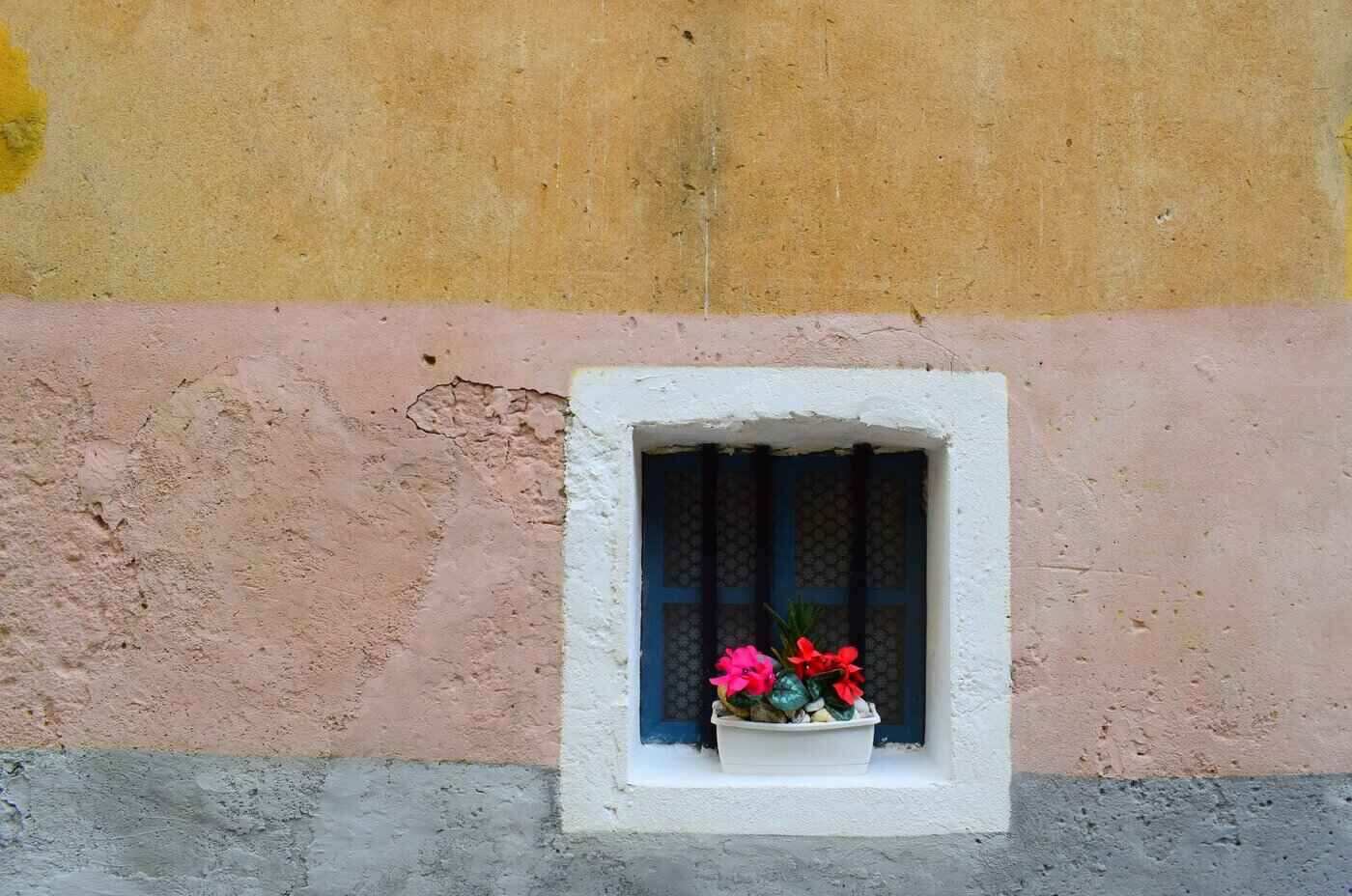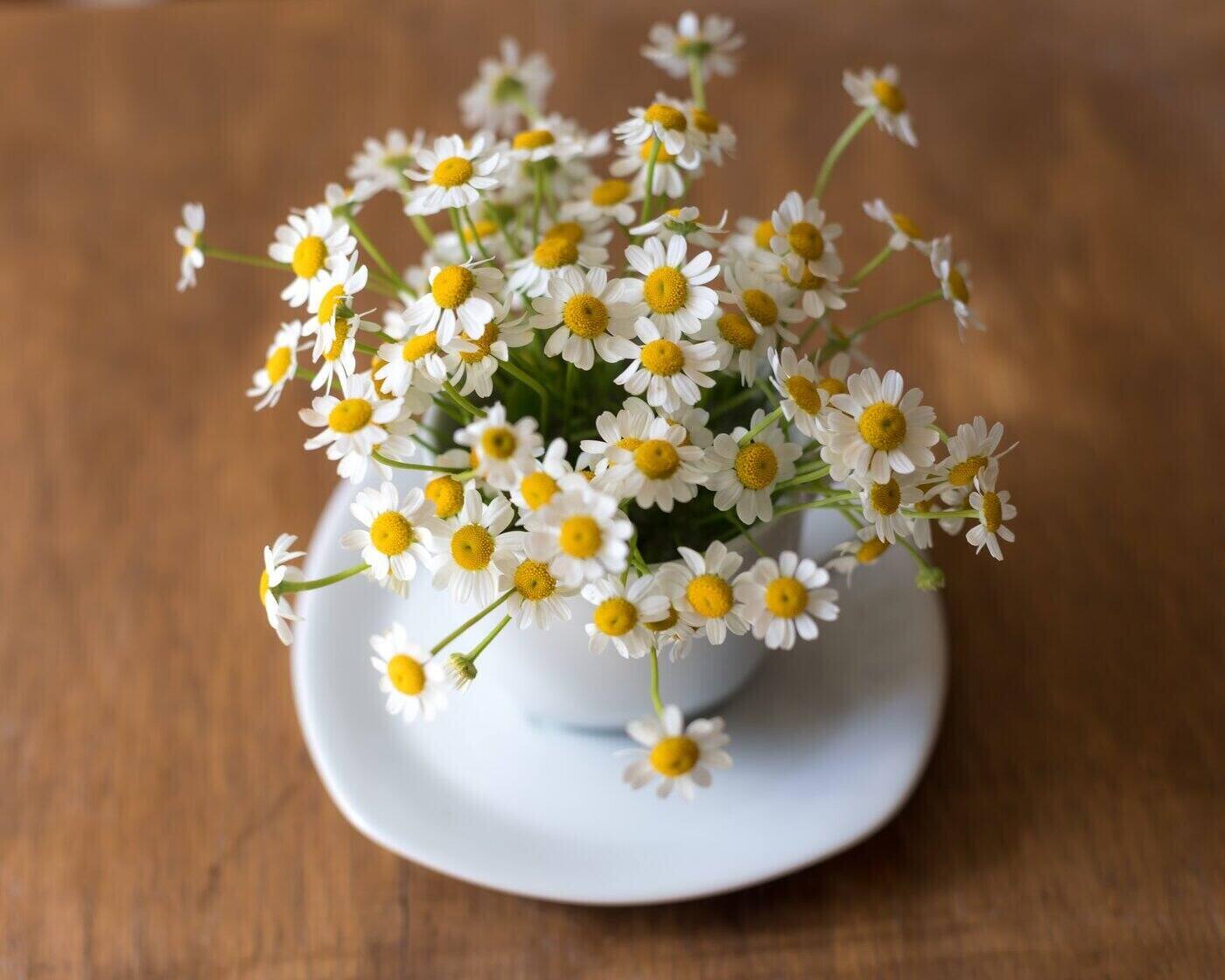As a lover of green, growing things, you already know that plants make people happy. But did you know that there’s some science behind the wonderful, calming, restorative feeling we get when we’re around plants? This article will explain a bit about how plants make us happy and then give you a few ideas for cheerful indoor plants to bring into your life.
Plants Really Do Reduce Stress
Much of the benefit we derive from interacting with plants comes from their ability to lower our stress levels. In study after study, whether that study involved participants walking in green spaces, gardening, having flowers in a workplace or simply viewing landscapes, interacting with plants was found to make humans feel less stress, recover from stress more quickly and suffer less from the ill effects of stress.
Our interactions with plants reduce our stress by lowering our levels of the stress hormone cortisol and regulating activity in the sympathetic nervous systems (the part of our nervous system that prompts fight or flight responses). This makes us feel less anxious and better able to focus and think more creatively, which in turn, makes us feel happier.
Plants Also Put Us in a Better Mood
Our physiological responses to plants leads not just to relaxation, but to vastly improved moods. People who interact with nature tend to feel less distressed, more relaxed and more positive, according to the literature Halls and Knuth examine. In the studies they present, people who are exposed to plants report feeling more vital and satisfied with their lives, as well as reporting increased self-esteem and a more positive mood overall.
This link between plants and positivity works even when more serious mental health challenges are at play. Halls and Knuth cite a Korean study that followed three groups of patients with “moderate to severe depression” who were undertaking cognitive behavioural therapy.
One group completed therapy in a hospital and a second in a standard community setting, while the third completed their therapy in an arboretum. The arboretum group saw the biggest improvements in their symptoms, suggesting that “the settings where psychotherapy is conducted can actually become part of the therapy.”
These Plants Make Us Happy. Maybe You Will Like Them, Too?
Now that you know a little about how plants make us happy, we’d like to make some suggestions for some cheerful plants you can grow indoors. There’s no rhyme or reason to these selections. We chose these simply because we like them, and we encourage you to do the same when you’re picking out new houseplants.
Chamomile
Chamomile is a wonderful herb that can be easily grown indoors. With its small, daisy-like flowers, it brightens any room and reminds us of summer. Chamomile is very easy to grow from seed over the winter—all you’ll need is a warm spot for the seeds to germinate (around 68F, or 20C) and a pot with adequate drainage.
As the plants are growing, they’ll need about 4 hours of sunlight per day. They prefer moist soil and they like to be warm, so if you have a south facing window, make room for them there. Once your chamomile is full grown, you can harvest the flowers for tea.
The tea is a mild sedative that people often use to reduce anxiety and help them sleep. You can use 2 teaspoons of fresh flowers per cup of hot water.
Jasmine
Although most often grown outdoors, jasmine can be grown in pots for a gorgeous and sweet smelling houseplant. Its small, white flowers are long-lasting, which always brightens up a space.
You can start jasmine from seeds or from cuttings, or depending on the season, you’ll likely find it for purchase at your local nursery. You can also easily source jasmine seeds and houseplant supplies online. Click here for one option.
Plant your jasmine in a pot and a medium that drain very well—it likes to be moist, but it hates to be too wet. Jasmine prefers to be on the cool side in terms of temperature, although it does like light, so a window that gets some direct sunlight is a must.
These are vigorous climbers, so be prepared with a trellis. Jasmine is also a particular scent, so if you’re unfamiliar with this plant, be prepared for the possibility that you might not love it.
Lavender
Lavender is one of the most soothing herbs you can grow, and their distinctive purple flowers add charm to any setting. It’s not the easiest plant to grow indoors, but if you have a sunny home with good ventilation, you’re already on track. Lavender can be grown from seed, but many people find it simpler to purchase a plant from a garden centre or nursery.
Your lavender plant should get lots of direct sunlight, especially if you want it to flower. Keep this plant away from drafts, but do make sure it’s situated somewhere that sees good air circulation. Lavender enjoys being on the cool side over the winter, but it needs heat to flower. It’s a bit picky about water. Choose a very well-draining soil medium and let the soil dry out a bit in between thorough waterings.
Choose a variety of lavender that’s edible, like an English lavender. Edible lavenders make a relaxing tea that soothes anxiety and promotes sleep. Use 2 teaspoons of fresh lavender flowers per cup of hot water.
Tea Rose Begonia
These plants have attractive dark foliage and lovely, fragrant pink flowers that bloom a long time. It flowers easily and profusely, which we love in a houseplant. In southern regions, they’re grown as perennials, but in northern climes are used as a houseplant, as annuals or grown in pots and brought indoors over the winter. They can be grown from seed as well as from cuttings.
A well-draining pot and well draining soil medium are essential for these flowers. They prefer moist soil but don’t like being soggy. They do well in partially sunny conditions. These begonias, like other begonias, do not care for the cold, although they really like humidity.
We hope this gives you a bit of inspiration to add plants that make you happy to your own home.
Feature image: Chris Barbalis; Image 1: Carolyn V

